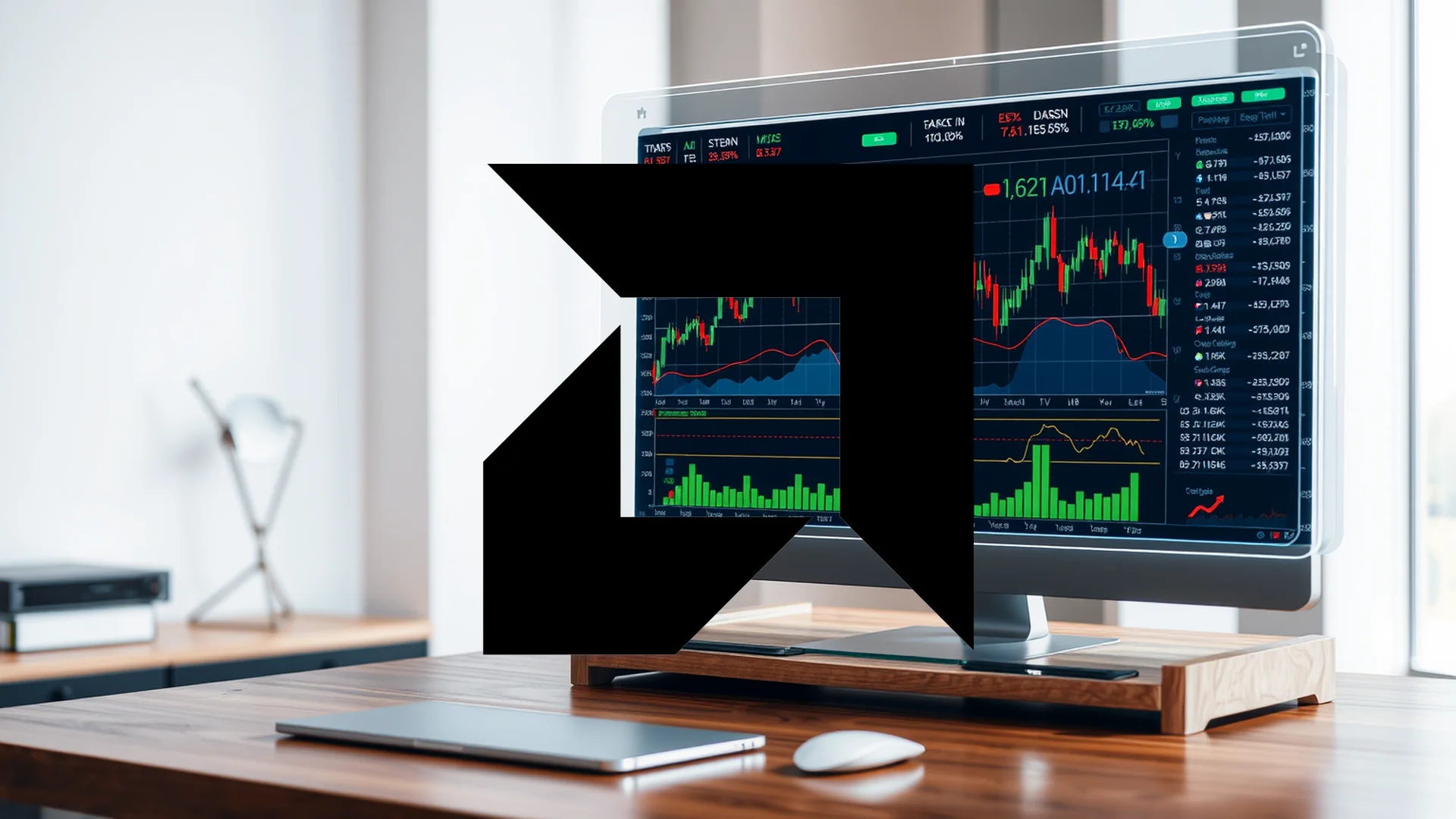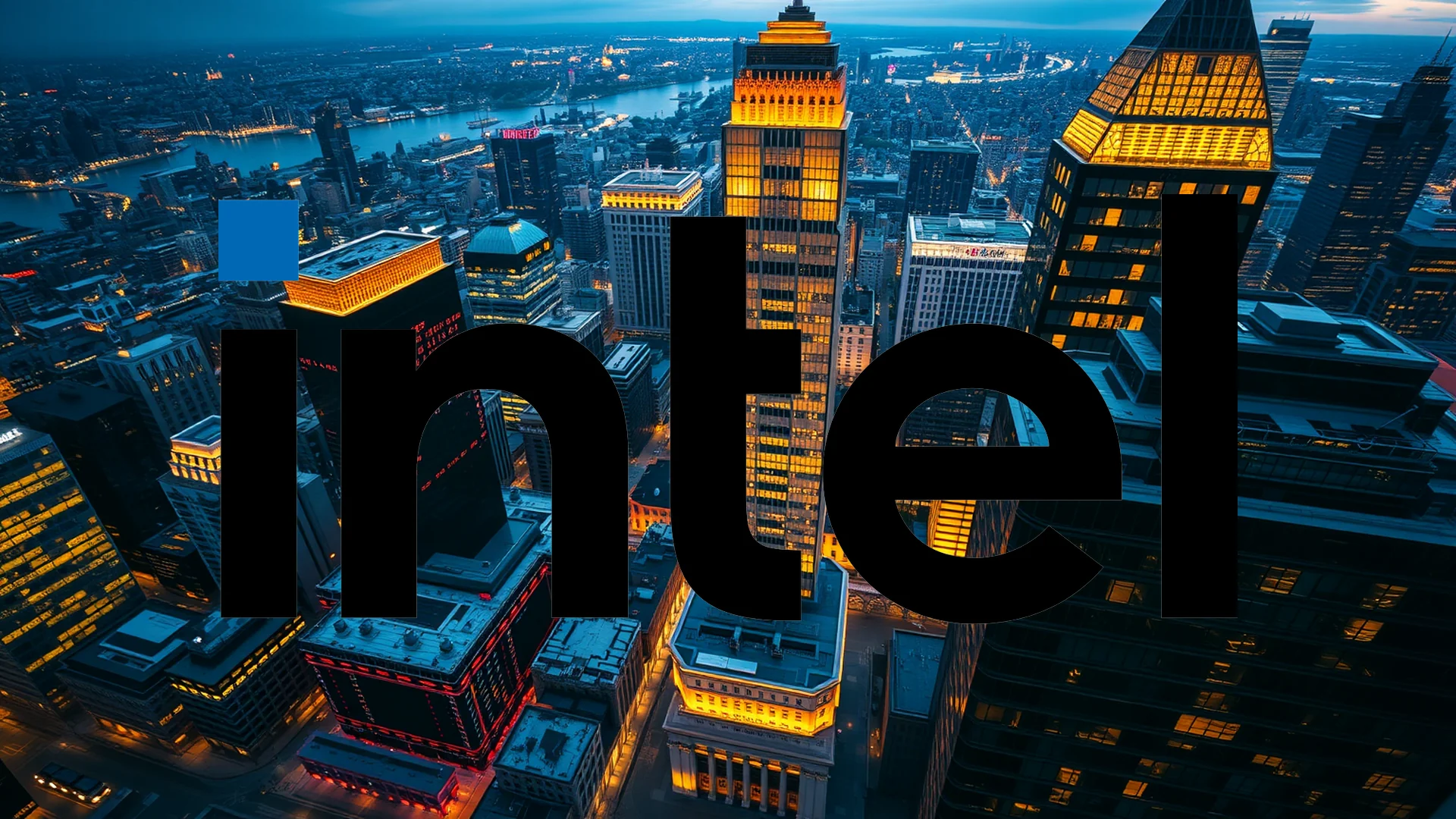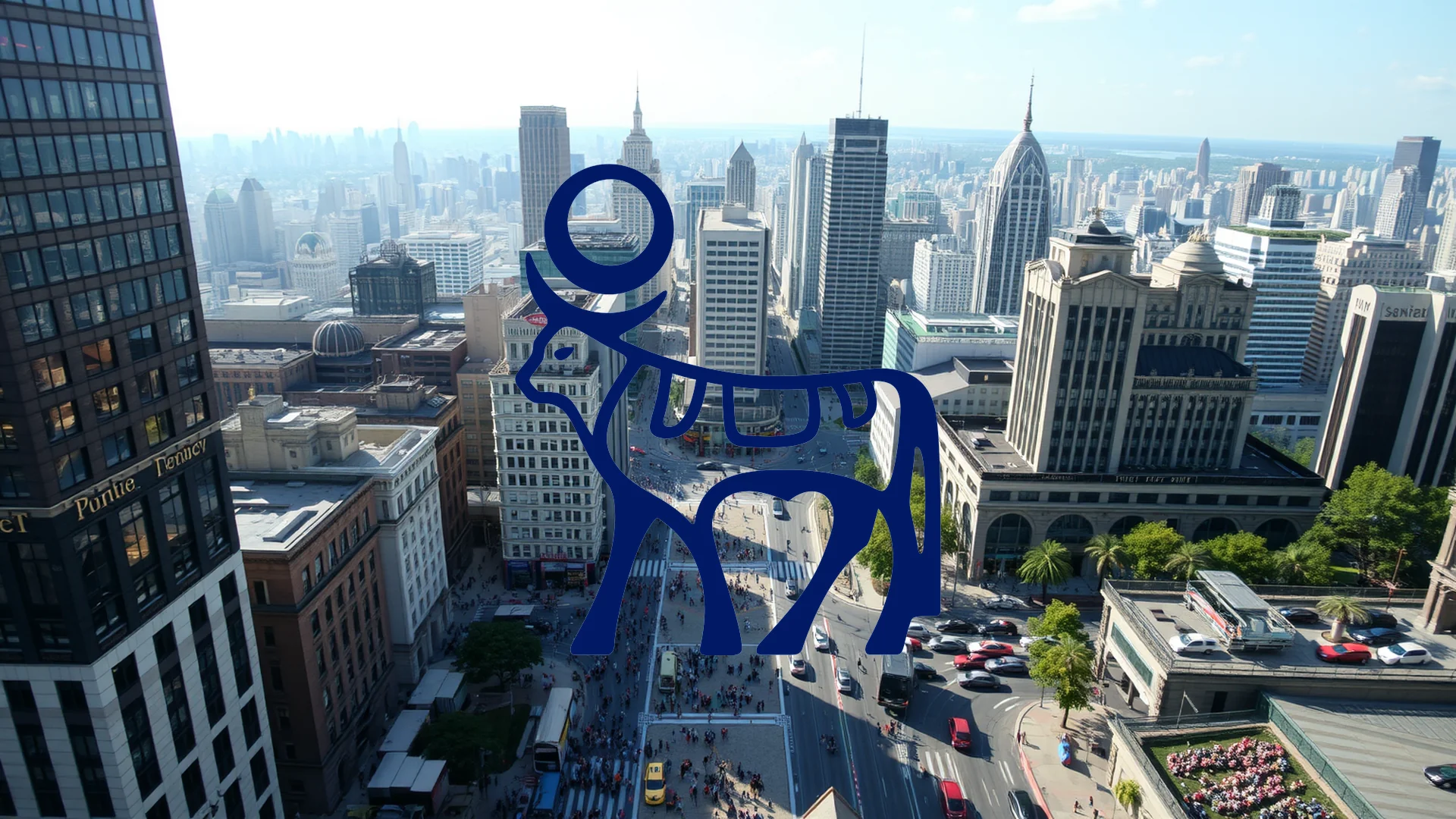Darden Restaurants, the parent company of popular chains Olive Garden and LongHorn Steakhouse, finds itself in a challenging position. While customer traffic remains robust, investors were met with disappointing quarterly results that highlighted a growing conflict between top-line revenue and bottom-line profitability. The core issue is a familiar one in the restaurant industry: rising costs are eroding margins, creating a disconnect between healthy sales figures and net earnings.
Quarterly Results Disappoint the Market
The company’s report for the first fiscal quarter of 2026, released on September 18, initially appeared solid. Revenue climbed 10.4% to reach three billion dollars, supported by a respectable 4.7% increase in comparable sales. However, the initial optimism was quickly dashed by the earnings details. The adjusted earnings per share (EPS) of $1.97 fell short of analyst expectations. This gap between strong sales growth and weaker-than-anticipated profit triggered an immediate sell-off, causing a significant drop in the share price following the announcement.
A primary driver of this earnings miss was escalating commodity costs. Prices for key ingredients, particularly beef and shrimp, have been putting substantial pressure on kitchen-level profitability. As a result, the restaurant-level margin contracted to 18.7%, a figure that came in below projections. Essentially, Darden is serving more guests but earning less from each one, a margin squeeze that currently overshadows the otherwise positive operational performance of its brands.
Should investors sell immediately? Or is it worth buying Darden Restaurants?
Navigating a Challenging Path Forward
In response to these headwinds, Darden’s management has maintained its full-year profit guidance for fiscal 2026, even slightly raising its overall revenue forecast. Nevertheless, the company issued a cautionary note, indicating that the second quarter is expected to be its weakest in terms of profit growth due to the persistent high cost of meat.
Adding another layer of complexity is the recent acquisition of the Tex-Mex chain Chuy’s, which has increased the company’s debt load. While market analysts generally retain a positive long-term outlook on Darden, many are cautiously adjusting their price targets downward to reflect the near-term challenges. The critical question for investors is whether Darden can successfully manage this cost inflation before patience in the market wears thin.
Ad
Darden Restaurants Stock: Buy or Sell?! New Darden Restaurants Analysis from December 27 delivers the answer:
The latest Darden Restaurants figures speak for themselves: Urgent action needed for Darden Restaurants investors. Is it worth buying or should you sell? Find out what to do now in the current free analysis from December 27.
Darden Restaurants: Buy or sell? Read more here...










